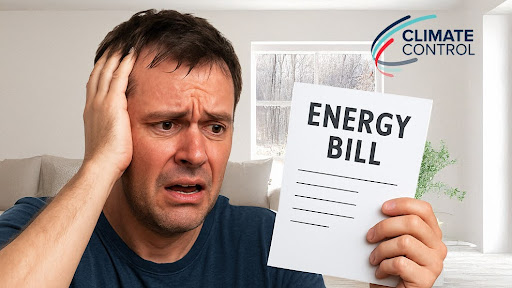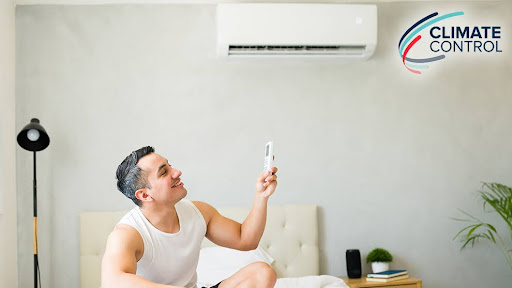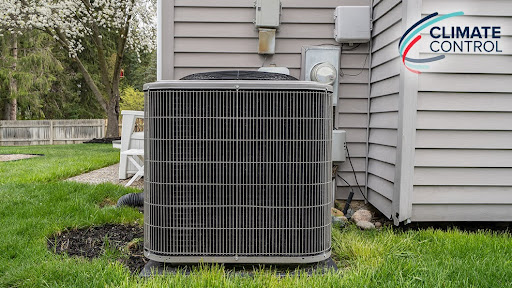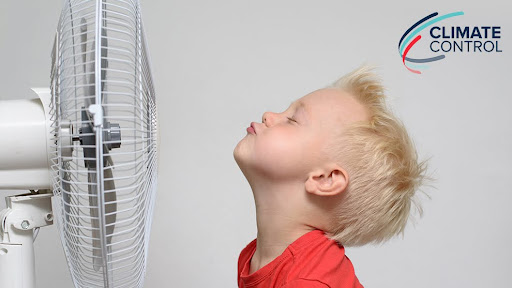Here’s a question: Would it be smart to spend an enormous amount of time, effort and thousands of dollars on materials and equipment, only to throw the switch and walk away after one year on the project?
The final startup of a heating and cooling system is typically done as the last phase of a job, which may have ended up over-budget, behind schedule, and the boss is screaming for the job to complete because “we’re out of hours.” This may be why “controls aren’t set up right,” RIGHT?
For this article I’ll be referencing a home, Joe’s house, in which Climate Control installed the mechanical systems and automated controls a few years ago. Joe’s house is a 15,000 square foot estate complete with over 30 zones of radiant heat, 12 fan coil systems utilizing chilled water for cooling, forced air zoning, low-temp. hot water loop for radiant/supplemental heat, four water-to-water heat pumps, two heating/snowmelt/domestic hot water serving boilers, pool and spa heat exchangers, and a pair of 120 gallon horizontal side-arm water heaters. A typical Joe-blow homeowner pad, right?
With the above in mind, the heart of the system is the four water-to-water heat pumps that simultaneously produce the 110° F heating water for the radiant floor and fan coils, and the 40° F chilled water that is used year-round as it also serves the wine cooling cave (yes, they have one of those, too!) and AV/computer loads. The staging and sequence of the heat pumps are critical to getting the expected performance, efficiency, and longevity.
In Joe’s system, we used TCS Basys DDC controls, one of their boiler controls, and one of their chiller controls to stage the heat pumps. This system’s priority cool as the cooling has year-round critical loads and the heating side is backed up by the boiler. The four heat pumps are Climate Master water-to-water, 3 phase, 5 ton, piped to a geoexchange loop with 15, 400-ft. boreholes into the Rocky Mountains.
Joe’s heat pumps also have automatic two-way valves on the ground loop side, and dual three-way valves on the house side to connect the heat pumps to both the chilled loop and heating loop, and yes, the systems are cross-connected. Starting to see why controls set up is critical? The heat call or cool call must move the ground side two-way valve, both three-way valves the correct directions, and hit the reversing valve when needed. One valve going the wrong way and it’s a disaster.
Throughout the mechanical system are some very small heating and cooling loads. For this reason, Joe’s engineer had the foresight to design 80 gallon buffer tanks on the chilled and low temp. loops. The boiler and chiller controls stage the heat pumps based on temperature sensors in each of the tanks. Our staging controls have the ability to rotate and equal run their connected heating or cooling loads, however, we’re not using this feature. In our system, the first of the four heating stages is the very last of the four cooling stages, same for the cooling stages only first cool stage is the very last heat stage. During mild times of the year it’s not unusual to have the first of each stage only cycle off a few times a day as they are handling the base of Joe’s house loads, the majority of cycling is happening between the middle units. Trend log data from the DDC system proves to Joe that he got what he paid for.
Through observing this and other systems in operation there are some general rules of thumb and pitfalls I follow on staging:
- Pet peeve pitfall #1 with boiler staging controls in when the control is set higher than the boiler operator control. In this scenario, the staging control is doing nothing as it can never satisfy. Set the controls to the design temperature and the operator 5-10 degrees above that. Do not exceed the boiler operating temperature range.
- Generally slower staging is better for efficiency and longevity, with a minimum goal of five minute run times. Don’t be impatient with stages and set differentials and dead bands too low.
- Temperature sensor locations are key! Does the sensor that comes with the staging control go on the boiler loop or the system loop? Usually system, but if you’re not sure ask!
- Whenever possible, and this means a second or third trip out, observe your new system during design conditions and in part load conditions. Systems may run great on design days, but short cycle on partial load days. Extra trips are way cheaper than lost customers or property damage.
I’m happy to say that Joe’s house is still running great and Joe is still our customer. It took 20-40 hours of observation time to optimize the heat pump staging and would not have been feasible without DDC controls and remote access to the data. Great control systems are cheaper, better, and easier to set up than ever. Embrace the end of the job!
This article dedicated to Trent Houston, who set up Joe’s house.






